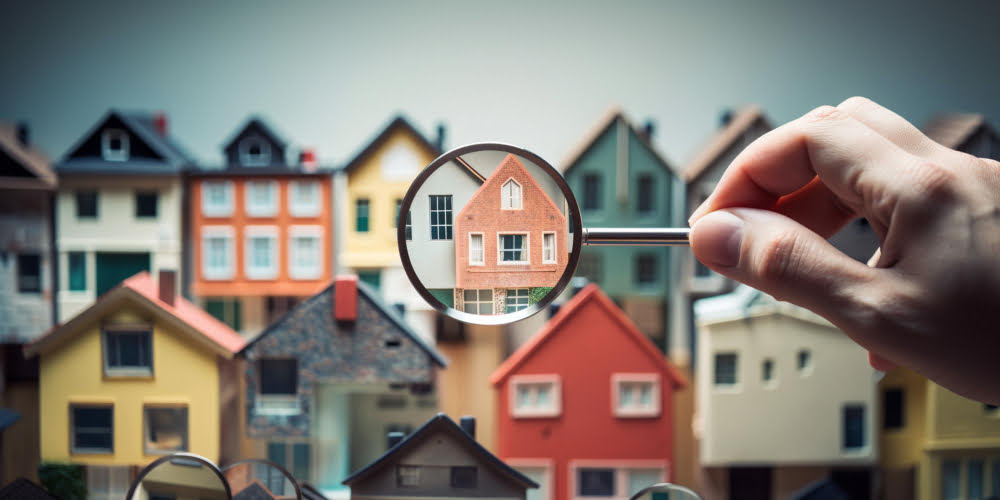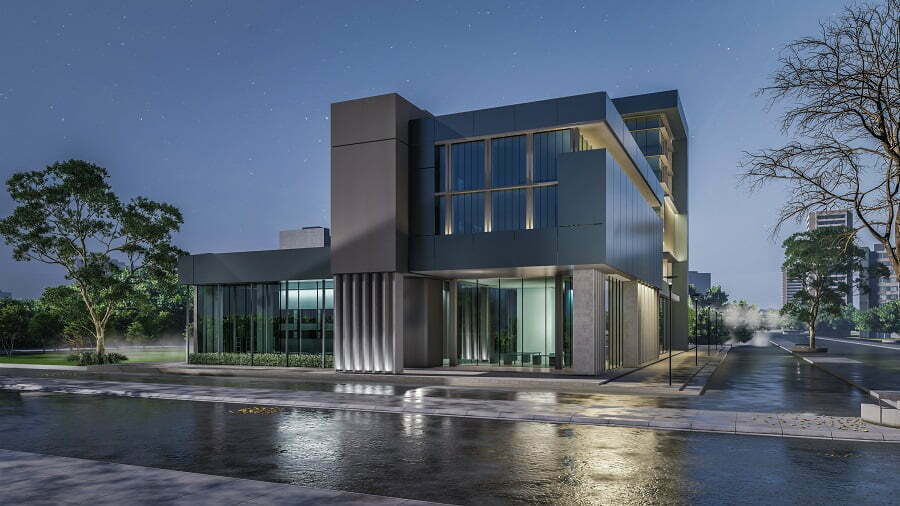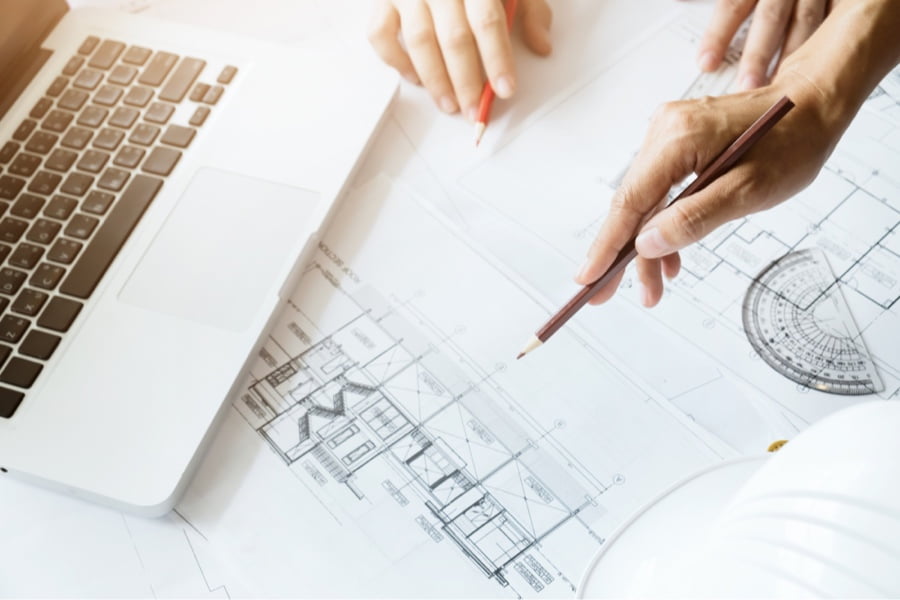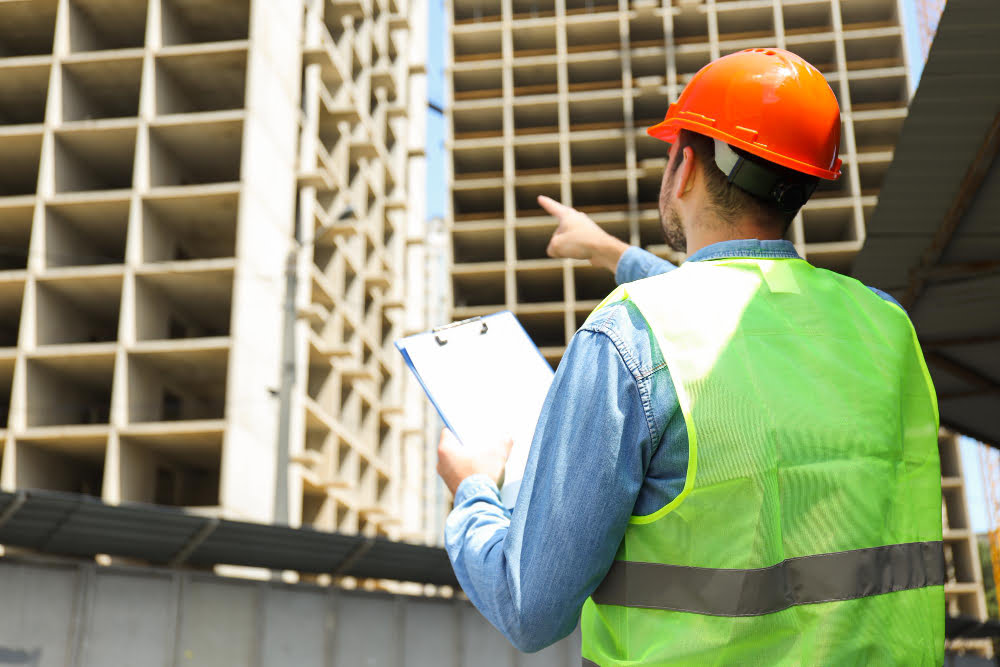Last updated on
Creating a new neighborhood is an exciting yet challenging endeavor. It requires careful planning, attention to detail, and knowledge of local building laws.
From choosing the right location to designing streets and sidewalks and selecting the best materials for construction — there are many decisions that must be made throughout the process.
Finding the Right Land
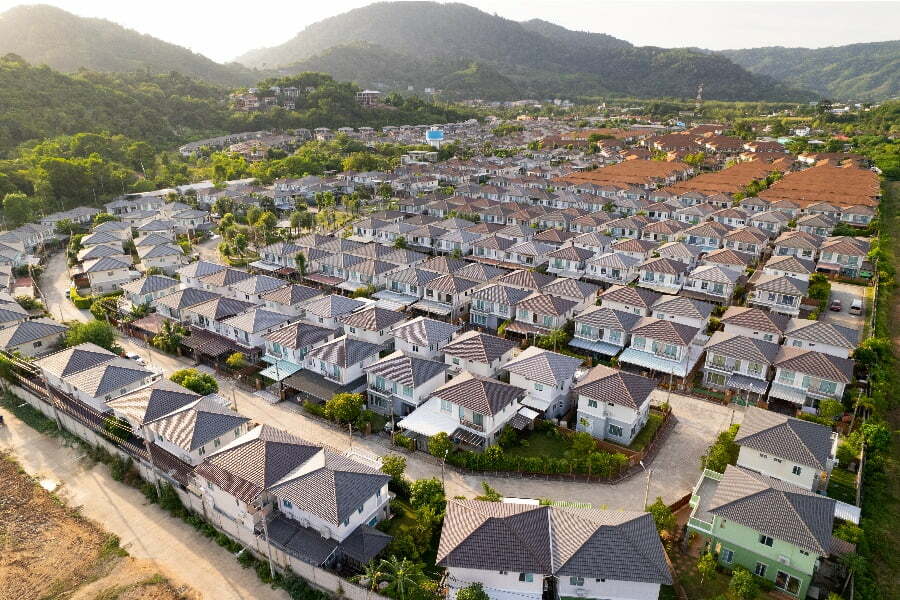
The first step in developing a new neighborhood is finding suitable land. This area should have access to main roads or highways as well as nearby amenities such as shopping centers, schools, parks, hospitals, etc. so that residents can easily take advantage of these resources.
It’s important to consider zoning regulations when selecting land; certain areas may have restrictions on how much development can occur or what types of structures are allowed.
Constructing Infrastructure
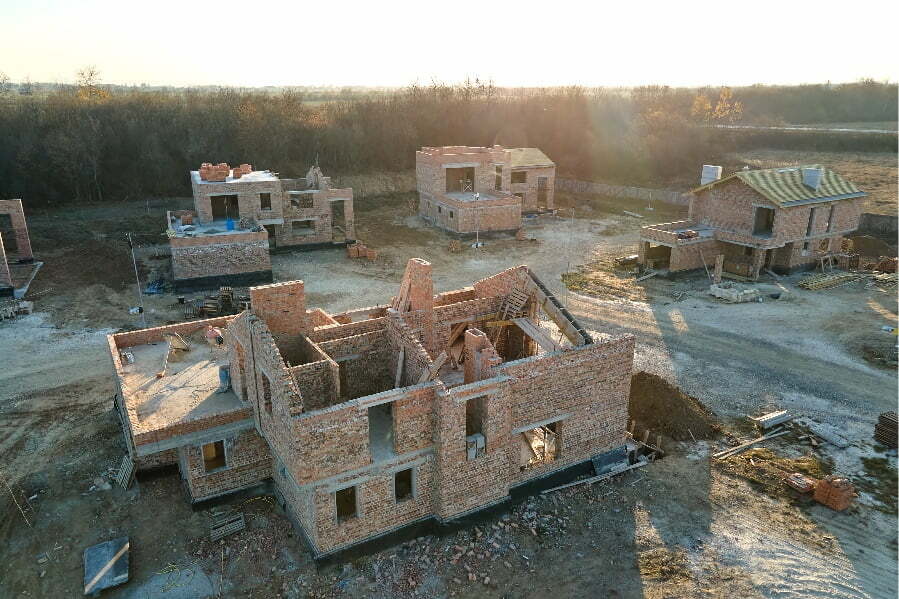
Once you’ve chosen your location and obtained all necessary permits from local government agencies for development activities like excavation or demolition work, you’ll need to begin constructing roads and other infrastructure components like sewer systems and power lines.
You’ll want to carefully design residential buildings with features such as energy efficiency in mind before beginning construction on them too. It’s important to note that many cities have strict regulations regarding the design of buildings and streets, so it’s important to consult your local government before beginning work.
The people behind gdvallee note that an architect can help you navigate these rules, ensuring your project adheres to all applicable regulations. It’s also important to research the latest trends in residential building design; this can help you create an attractive, modern neighborhood that appeals to buyers and renters alike.
Developing Amenities
The next step in developing a new neighborhood is establishing amenities such as parks, playgrounds, pools, and clubhouses. These features can add value to your community by providing recreational outlets for residents and improving the overall quality of life in the area.
It’s also important to consider how these amenities will be maintained in the future; it may be wise to create an association or foundation that can manage them over time.
Promote Your New Neighborhood
It’s essential to promote your new neighborhood by hosting events and offering incentives to potential buyers and renters. This could include providing discounts or special offers on homes in the area, hosting open houses, or offering tours of the neighborhood.
Utilizing social media and other digital marketing techniques can be a great way to spread the word about your new community and attract people from all over the country. When done properly, promoting your new neighborhood can be a key element in its success.
Developing a new neighborhood is an exciting endeavor that requires careful planning and attention to detail. From choosing the right location to constructing infrastructure and designing amenities, it’s important to consider all aspects of the process when creating your community.
You’ll want to take the time to promote your new neighborhood, as this is essential for its success. With the right approach, you can create an attractive, modern community that prospective buyers and renters will be eager to call home.
When seeking out information about developing a new neighborhood, it’s important to consult with local government agencies and architects to ensure that you stay up-to-date on local regulations and the latest trends in residential building design.
Liked reading this? Here’s more:
Recap:
